A Case for Phuket beyond the beach: Part II – Creativity / Tourism / Food & Drink
My first visit to Phuket was back in 1995. I remember the island already seemed well developed, full of luxurious resorts and naturally stunning beaches. “There’s potential for great things for us to do here!”, I thought to myself. Over the last twenty-plus years building Smiling Albino, Thailand’s largest island has been somewhat of a luxury adventure playground for us, and we’ve been fortunate to host guests who empowered our team to push our creative limits. We’ve taken sports stars on helicopters out to remote islands, landing beside a private yacht and then cruising to a secluded beach for a gourmet picnic. We’ve kayaked through caves with marine conservationists like our friends at John Gray Sea Canoe, we’ve booked tables at the hottest nightclubs for global DJ acts, arranged michelin-plate chefs for private parties, constructed bamboo eco bars, catamarans with DJs and bartenders and dramatic evening fireshows, plus motorcycle trips, nighttime diving, and everything in between.
It would not be wrong to suggest that Phuket’s reputation is often associated with thumping nightclubs, neon glitzy Khao San Road-type streets, and island-hopping yachts. I have participated in my share of the fun.
But what’s beneath the glossy varnish? After spending a month in Phuket recently, scouting around the island checking out the “Phuket Sandbox”, the experience has been enlightening to say the least. My month in Phuket reminded me again that Phuket may be misunderstood, and misrepresented.
So let’s venture out to the “other” Phuket, shall we? The other Phuket where 200-year old villages coexist with nature. The side of the island where multicultural communities share Phuket’s storied past and colourful present, and the artsy hives that makes the island appeal to creatives, designers, and foodies from around the world.
This blog digs into Phuket’s Creative Scene, some cool Community-Based Tourism Activities, plus more Food & Drink highlights too good not to indulge in.
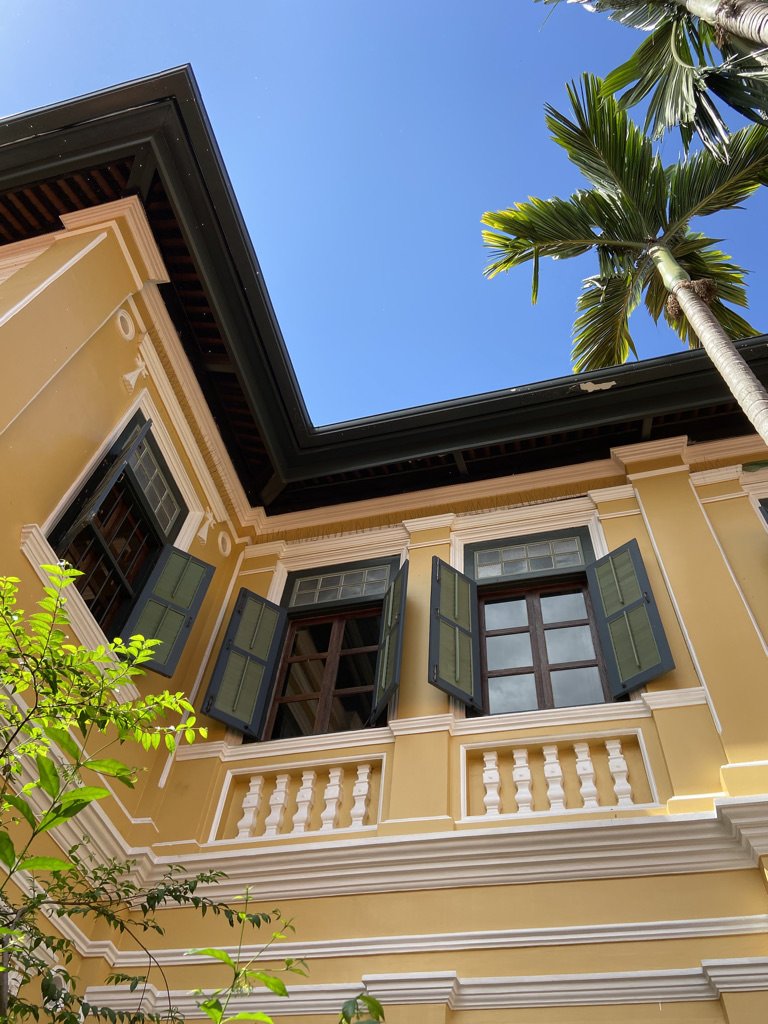
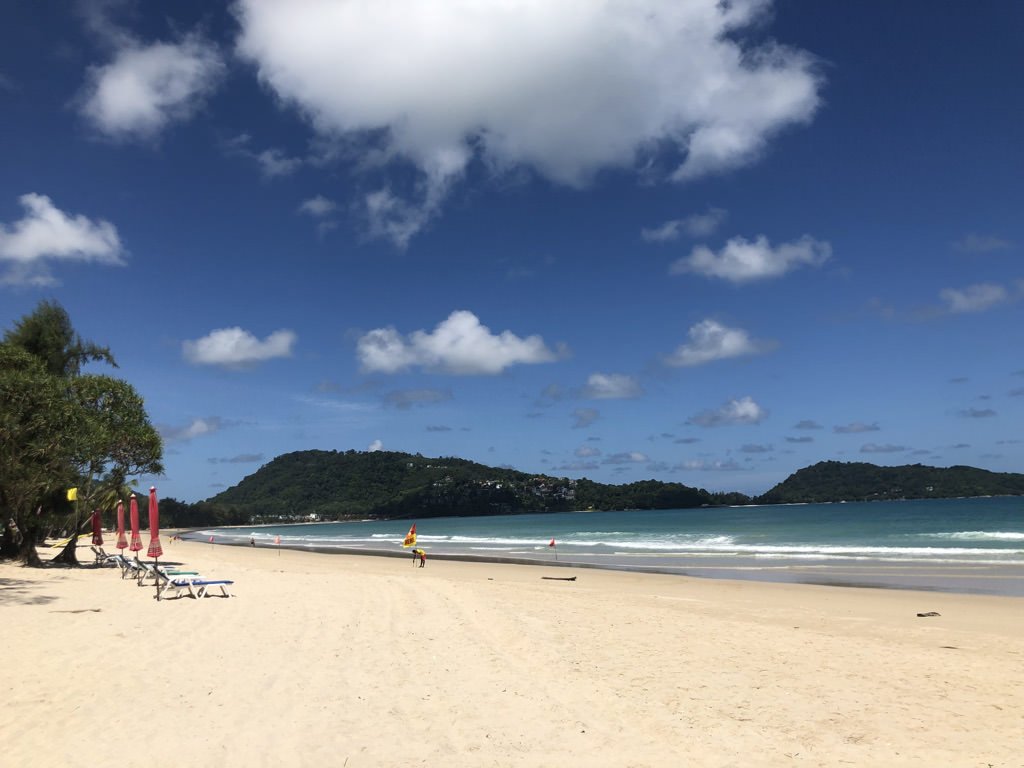
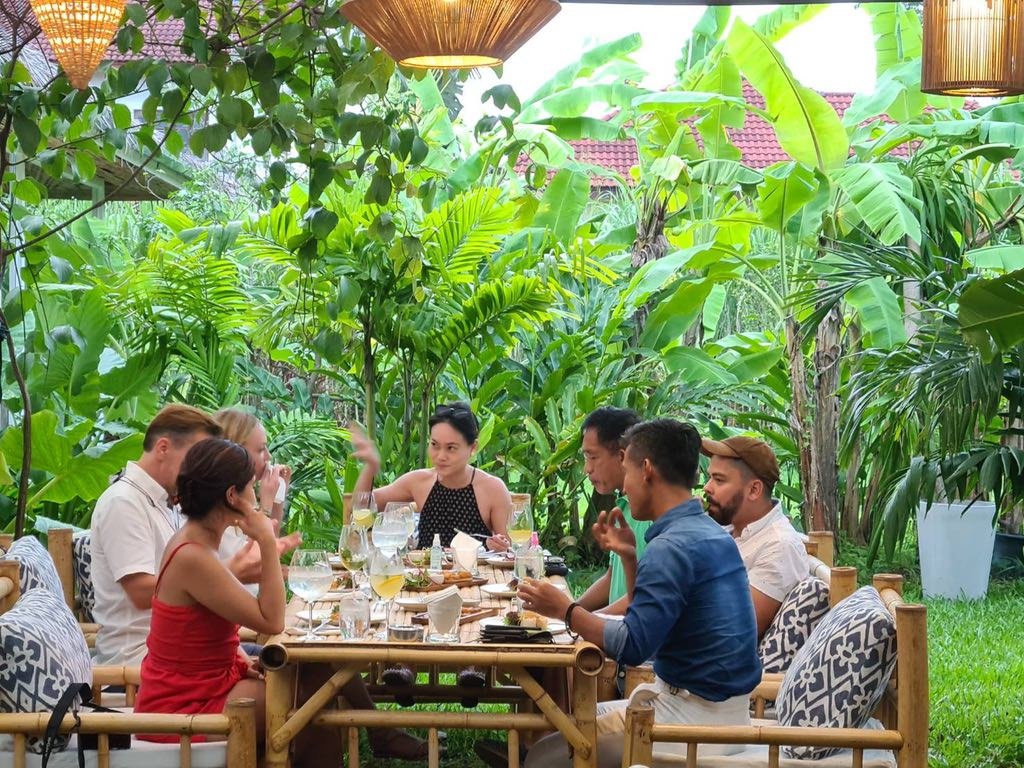

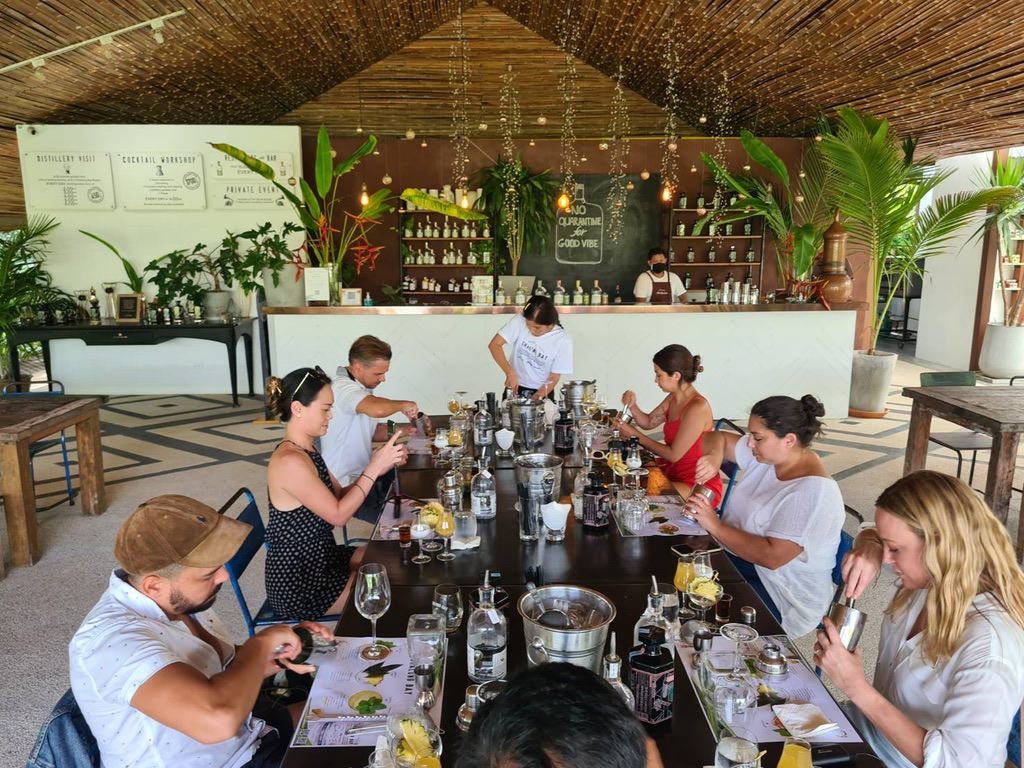
Phuket’s Creative Scene
Yes, on an island more famous for sand, sea and seduction (it’s the name of a nightclub, really), there’s a booming local art scene making waves regionally (sea what I did there?).
Start with the artsy hub in Phuket’s old town called The Drawing Room, where Ids8 and his gang of art bandits run a painting studio, workshop and coffee bar. Their two-story workshop is in a vintage corner building filled with half-finished works on canvas, random sculptures at various stages of completion, eclectic furniture, and lots of bicycles. It is the kind of effortless hip that would not be out of place in Brooklyn or Melbourne, but it is distinctly – and completely – Thai. The Drawing Room has become something of a pilgrimage point in Phuket’s already uber hip old town.
Phuket old town has several small galleries, both fledgling and mature. Further out, Rawai Beach has its hive known as The Phuket Art Village, a bohemian art cooperative with several galleries and artists holding court. A little glitzier, The Royal Phuket Marina has local and international exhibits with occasional heavyweight support from owner and collector-donated pieces.
For a crafty art hub, Project Artisan is a space for resident art workshops, sculpture and installation art, as well as pop-up food and crafts events. On my visits there this summer I chatted with artists debating whether their installation piece made from recycled plastic recovered from beaches should be in the shape of a dolphin, a whale, or a mythical giant sea serpent. On another night I attended a pop-up dinner with some of Bangkok’s and Phuket’s best-known chefs barbecuing up some magic in a groovy lawn setting. When the rest of Thailand recovers and business is in full swing, Project Artisan will once again be a focal part of Phuket’s crafty, artsy, foodie, and yes, coffee, scene.
Phuket can hold its own with museums as well. There are nearly a dozen museums in the old town alone, some missable, but some superb. The Thai Hua Museum is a must, despite the fussy dual-priced entrance fees. Built in the 1930’s as a community school, it is a restored mansion with interactive displays and anecdotes about the famous streets and buildings of Phuket Town. There are other museums, ranging from Tin Mine museums, WWII museums showing Phuket life during the war, and local culture museums chronicling the city-building families who made the town the most prominent in the region over a century ago. And yes, most of them have great coffee shops too.
You’d have to walk through blindfolded not to take in at least some of the historical knowledge available by strolling the streets of the old town. Even the Tourism Information Center on Thalang Road is a renovated 120-year old shophouse with old maps and historical models of the town, displays traditional clothing of the Peranakan Baba Nyonya, plus lots of wall murals explaining everything that is Phuket.
There is a fun street art scene in Phuket, much like we see in other old towns in the south like Songkhla, Krabi, and Trang. Alex Face – who seems to have painted at every corner in Thailand – has an appropriately Phuket-themed piece depicting a traditional festival in his humanoid-bunny-baby series. It is adjacent to the desert-dove-dream fantasy piece in the same oft-photographed square in the heart of the old town at Soi Romanee and Thalang Road. There are dozens of other pieces in Phuket Old Town showing old Hokkien food carts, Fujian religious ceremonies, mythical animals and local life on walls, alleys, abandoned and renovated buildings.
But the most exciting experience on my visits the past few months has been hanging with the creative madmen behind Underwood Art Factory and their just-launched Junkyard Theatre. This is like nothing else in Southeast Asia. It is two parts dinner theatre, two parts risque performance art, and many parts whimsical – amusingly absurd – parody of life in Thailand. This is high-octane dinner theatre set within the artsy confines of the Underwood Art Factory, an avante-garde design den in Phuket for over 25 years. When Covid gets old enough for us to look the other way, I believe there will be weekly shows. The world needs more of this.
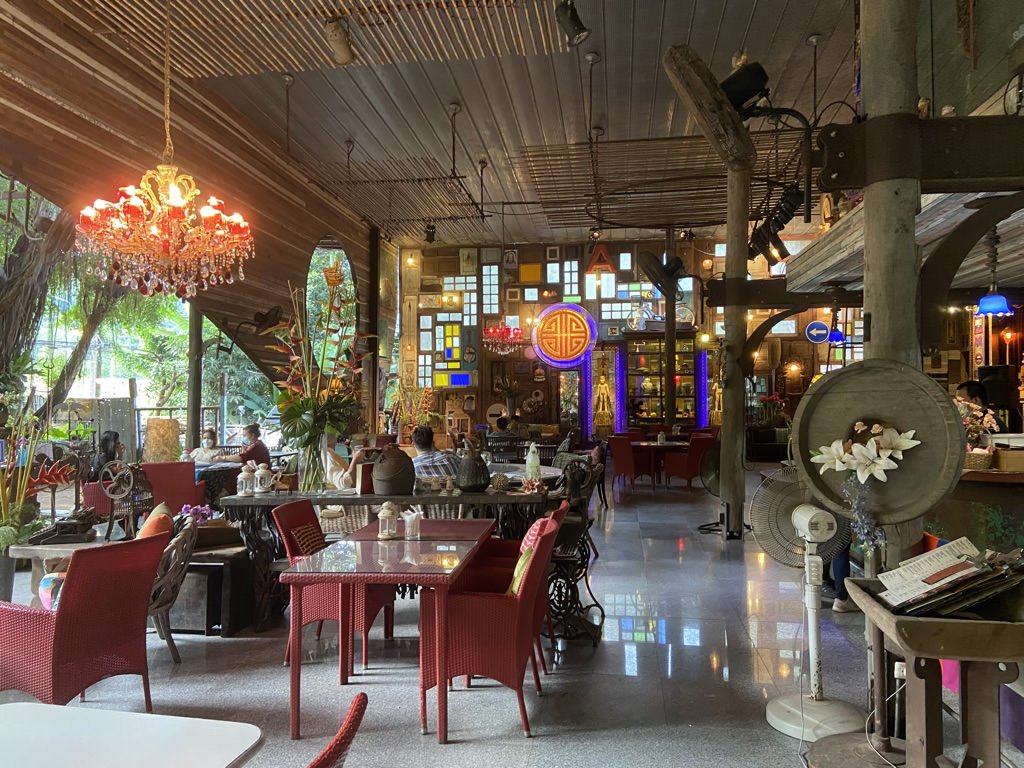

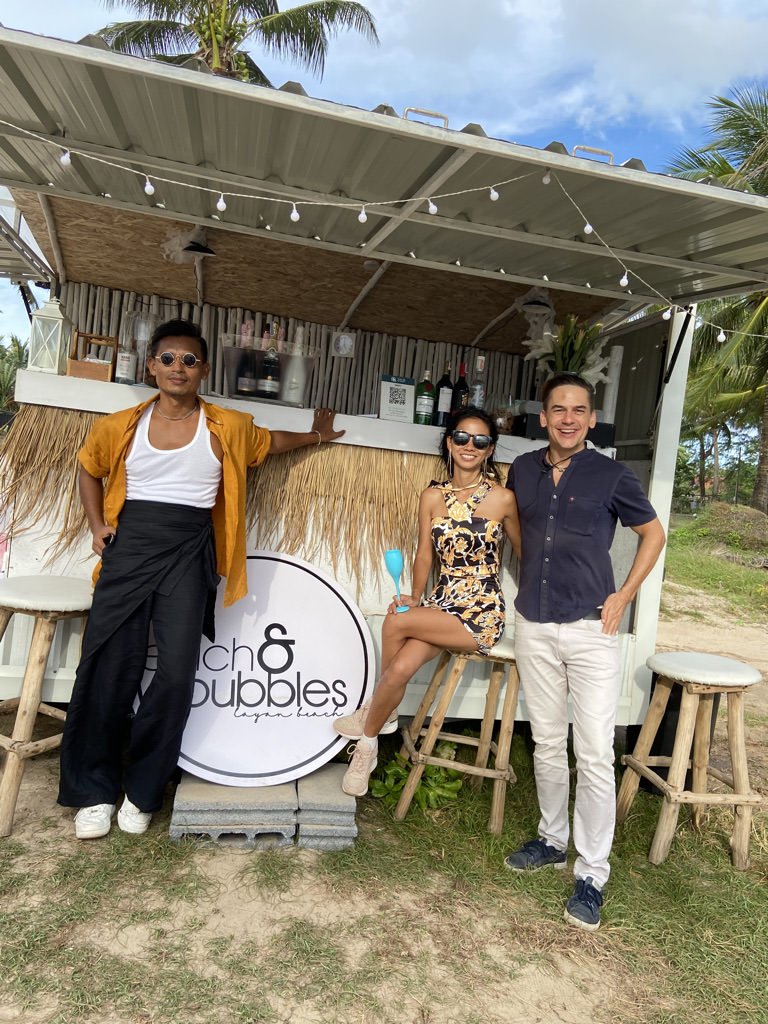
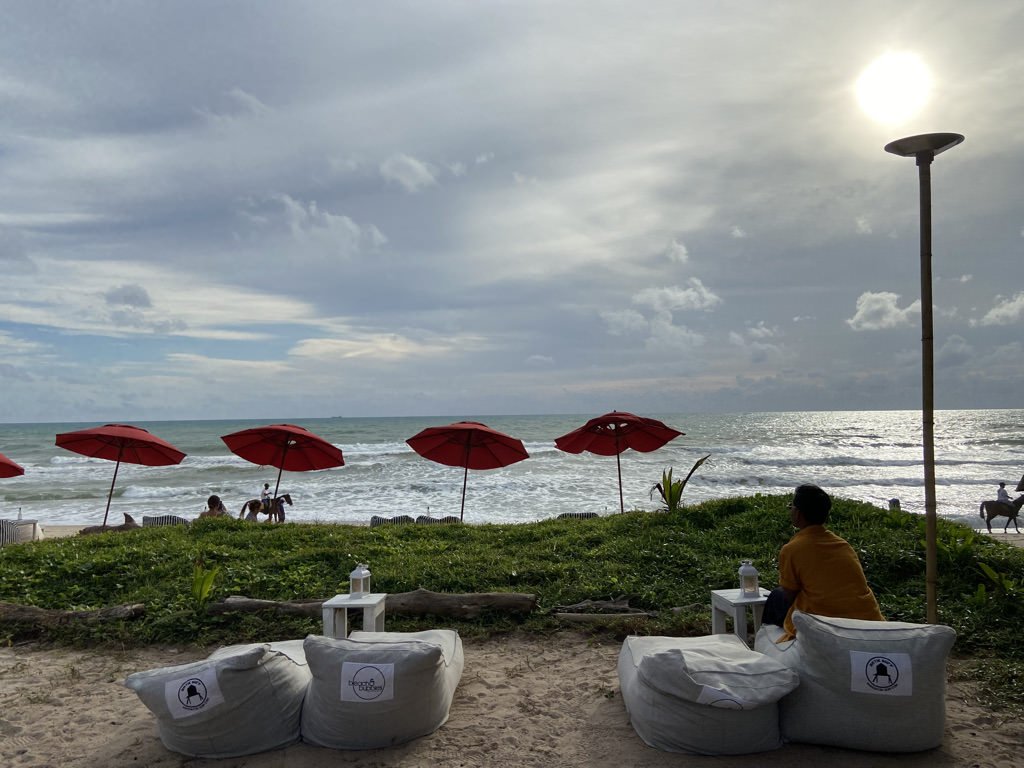
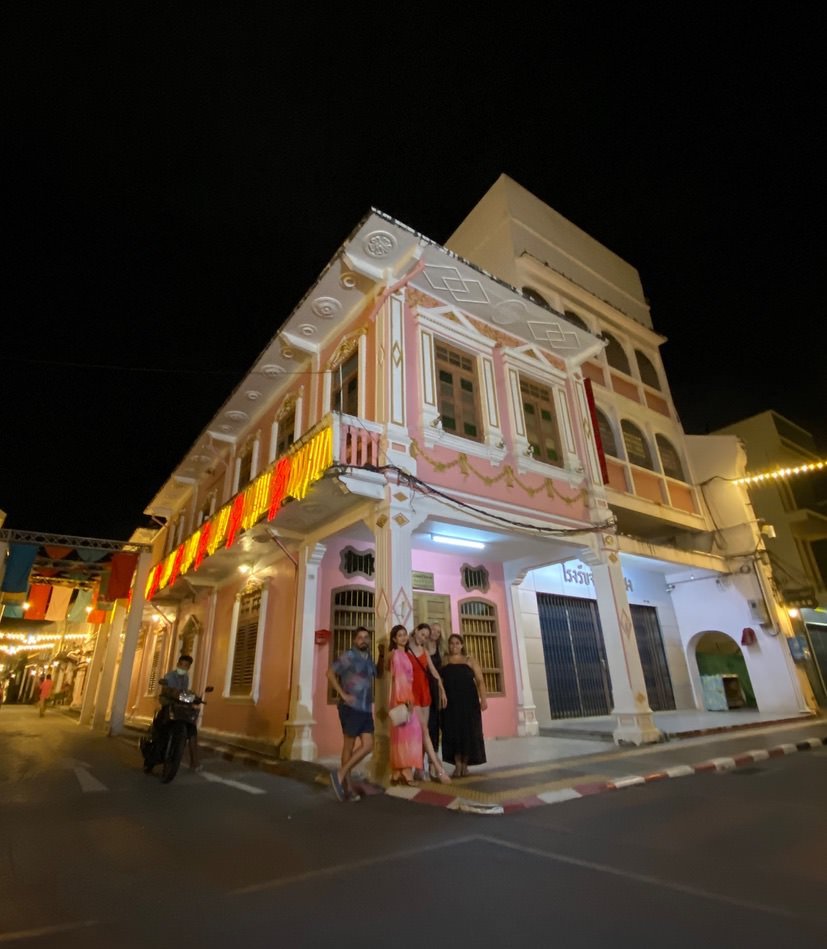
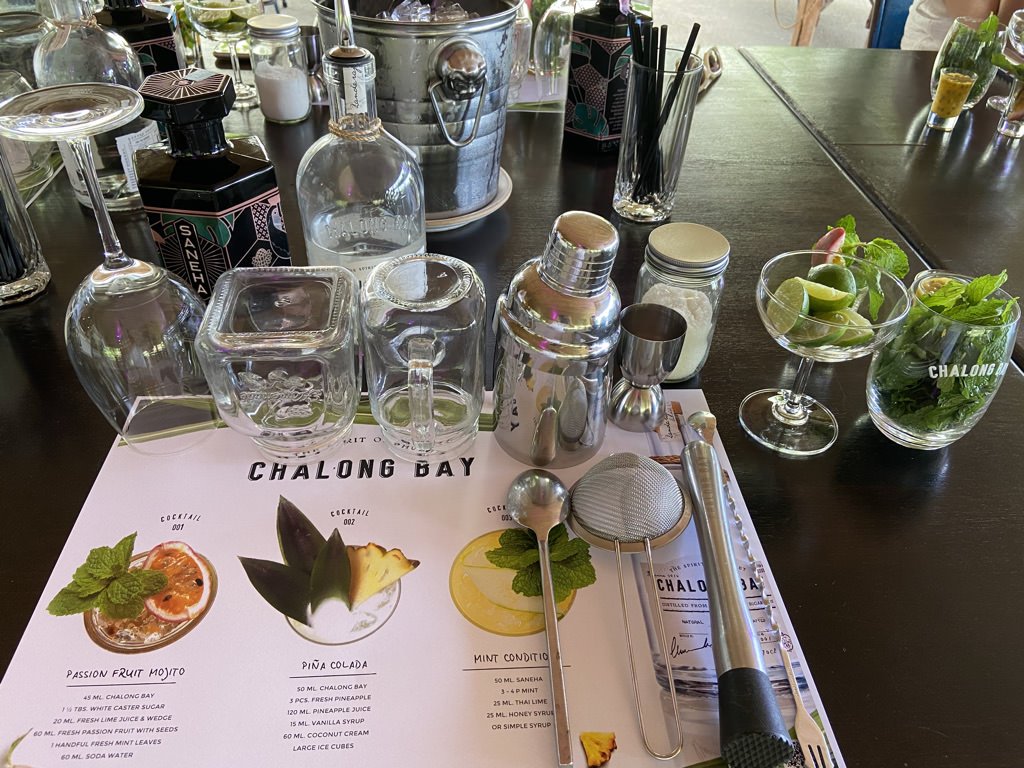
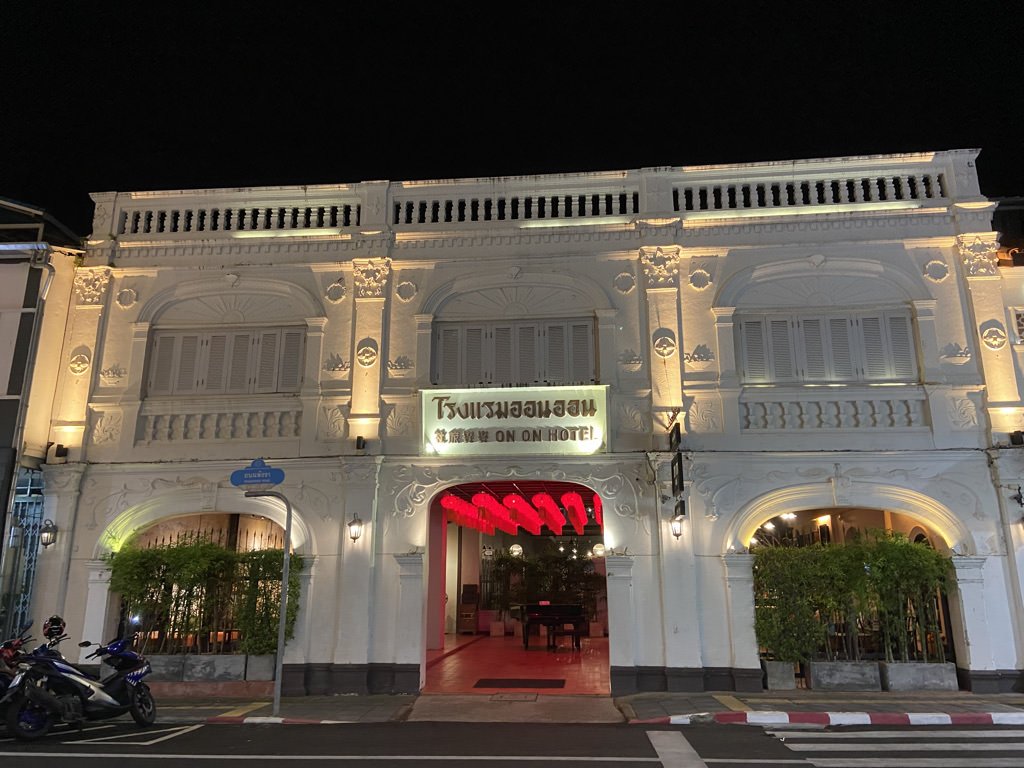
Food baby, Food
Besides Phuket Old Town, being the undisputed food capital of the south, the rest of the island is rich with dining and drinking options, all open for business – even in the early stages of the Phuket Sandbox.
Pleasant discoveries like Ketho Dim Sum, a roadside breakfast institution serving up some of the island’s best Dim Sum and Kanom Jeen, about halfway between Patong and the old town. It is located a few hundred yards from a lovely morning market for a post-breakfast stroll and a potent local coffee (not Ketho’s strong point, I might add) and fried dumplings. The best part – to me – is that Ketho is right across the road from a beautifully renovated early 20th century building which was the first white spirits distillery in southern Thailand, essentially Siamese rice moonshine. Now it’s a doily and cute heritage museum-cum-wedding venue. I expect the Instagrammers to descend upon it soon, so go early, just after a Dim Sum breakfast, and it’s all yours.
Another must-visit rustic local kitchen is Mor Mu Dong, built around swampy mangroves with some tantalizing southern food. Mor Mu Dong is simple – plastic chairs and plastic everything else – but the quiet country vibe is as soothing as the comfort food. This is grandma’s local kitchen, Phuket-style, and you could laze around all afternoon here listening to bird songs and eating otherwise hard-to-find dishes. Try the stuffed fish sausage for a spirited curry powder and turmeric injection. Chef Andy Ricker and I tried making one in this old episode of Thai-Licious (2:25) https://www.youtube.com/watch?v=FHbKD8fZxiA
Wanna eat and drink in one of those album-cover cool kinda beach clubs? Phuket is an island known for music, food, and parties, and boasts some kick-ass beach clubs, and Catch Beach Club is one of the best in Asia. Catch is weathering the pandemic thanks to local Thai and Phuket expat patronage, and pumps out great music, a deep cocktail list and solid Thai-Mediterranean menu. There is always a fashionable mix of locals and visitors, party-goers and families, retirees and millennials. Go any night of the week and it is consistently one of the best vibes on the island.
Going the other direction, as if harkening back to 1970’s Phuket, is a little boho gem on Layan Beach called Beach&Bubbles. This food truck wine bar offers low-speed, high-value imbibing. Sipping chilled wine on bean bag chairs while listening to the sound of the waves makes one feel a thousand miles from high-rise condos and nightclubs. Owner Ess (“S”), a graphic designer turned beach wine bar proprietor, has built perhaps the most romantic sunset spot in Phuket. The world needs more places like this. It wouldn’t be out of place on remote Ko Maak in Trad, or Ko Lipe further south in Thailand. This is the Phuket we’ve been told no longer exists. And it does exist. And it’s happy hour!

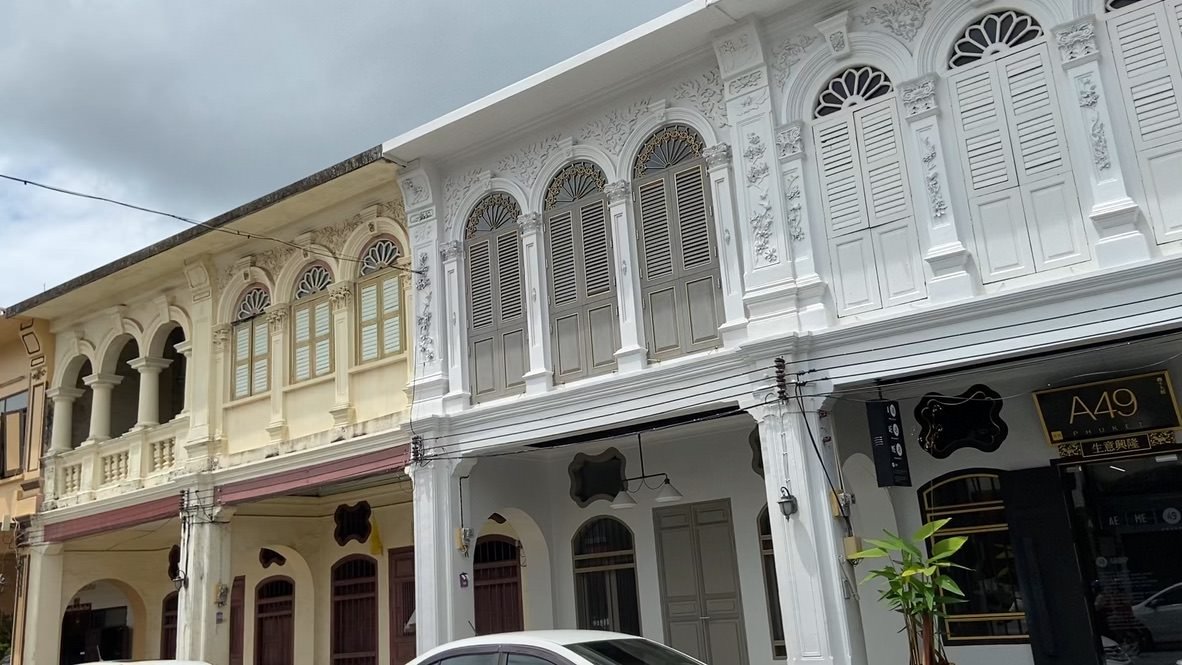

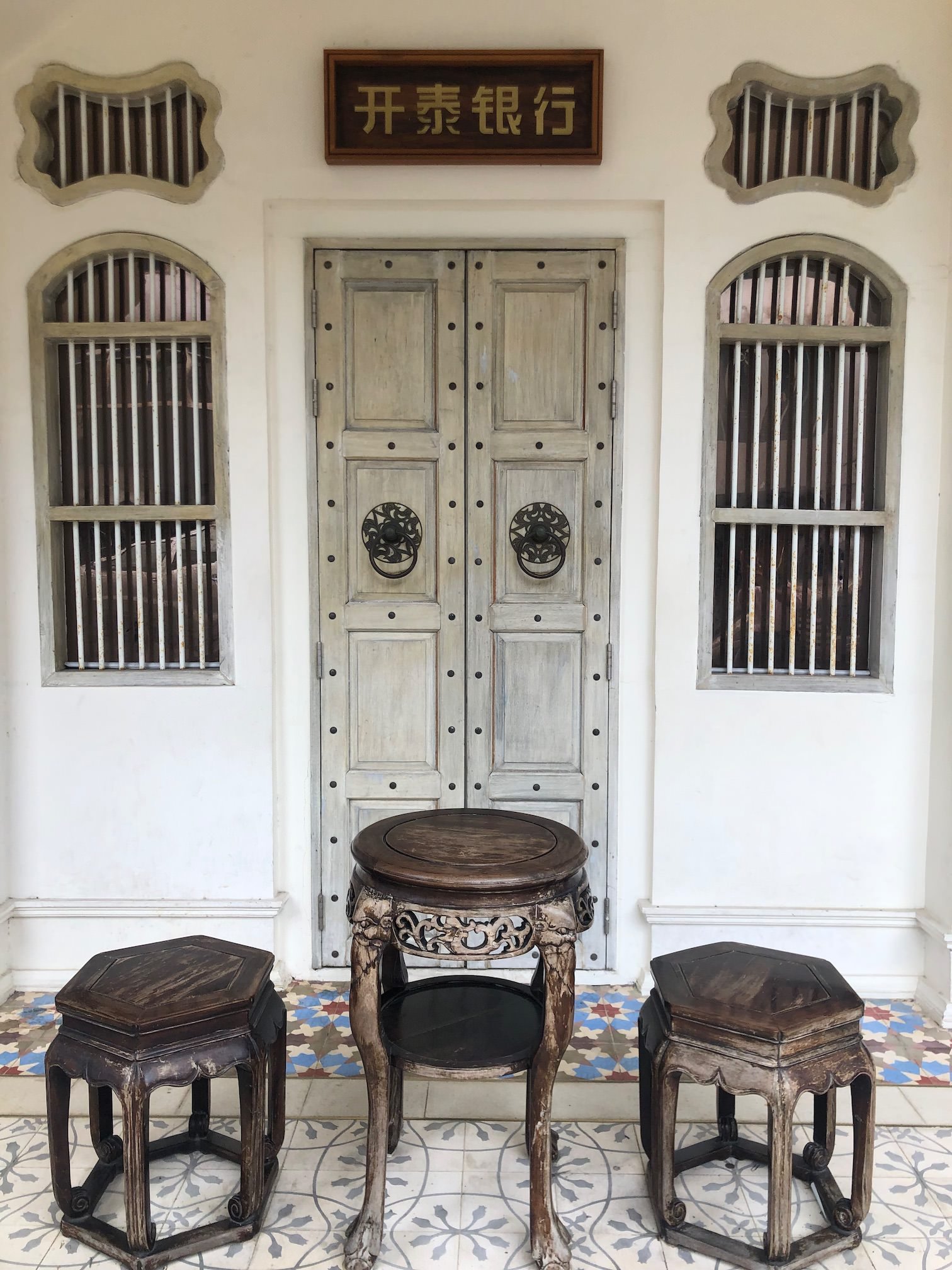
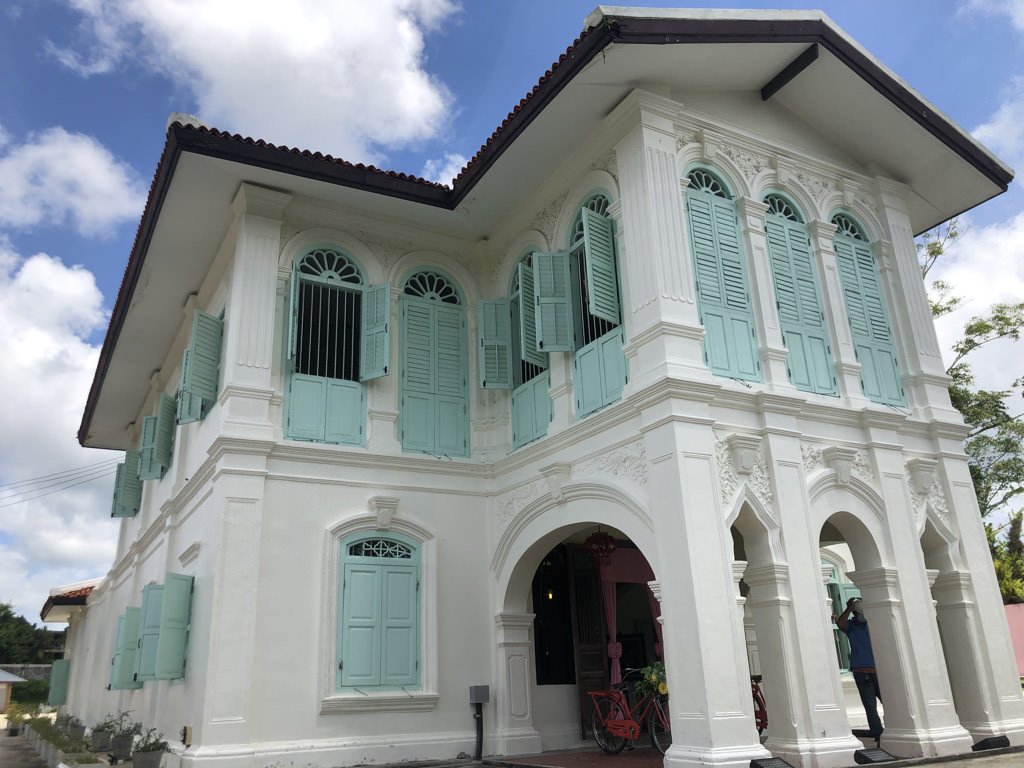
Zero-Waste Cooking and Dining
If you’re keen hand’s on food experiences, in addition to eating, there’s a recent movement on Phuket focused on zero-waste dining and organic farm-to-table cooking.
One example is Baan Suan Pakkad, accessible via a mountainous drive into the green misty hills in the middle of Phuket Island. This is one of many experimental organic farms, family owned and run, where visitors can take part in learning about local small-scale agro-businesses, and of course hand’s-on organic cooking lessons with the family in their hilltop kitchen. Arguably the best roast chicken in turmeric I’ve ever tasted.
Another excellent option is The Hideaway by Jampa, an organic initiative spearheaded by the Trisara Resort. This is farm-to-table at its best, where guests pick their own produce and collect eggs from the farm’s free-roaming chickens, before chefs help you turn the ingredients into super tasty dishes. If you’ve got time (you do have time), do the full organic cooking class.
Spearheading the movement is TOCA (www.toca.or.th), established in 2020 with a vision to drive for an organic society, TOCA promotes family-owned farms producing quality organic produce and connecting them directly to local hotels, villas, and restaurants across the island.
Our friend Chef Pui, founder of Brass Wok Cooking School, hosts private cooking classes with local market and farm visits in Phuket. She and her team also arrange private cooking workshops in forest settings, elephant conservation centers, and other atmospheric corners of the island.
That Phuket is at the forefront of organic country cooking classes is a breath of fresh air for an island known globally for mass consumption and fast living. These projects are part of a healthier, forward-looking Phuket where everybody wins: farmer, consumer, society.
If hands-on cooking isn’t your thing but you still feel crafty, then an afternoon cocktail session at Chalong Bay Rum & Gin Distillery is a must. This is one of Phuket’s great craft brands, using local botanicals and produce and a Thai-International team of distillers. Do a factory tour, mix cocktails using their rum and gin, and top it off with a stellar meal in their sugarcane garden.

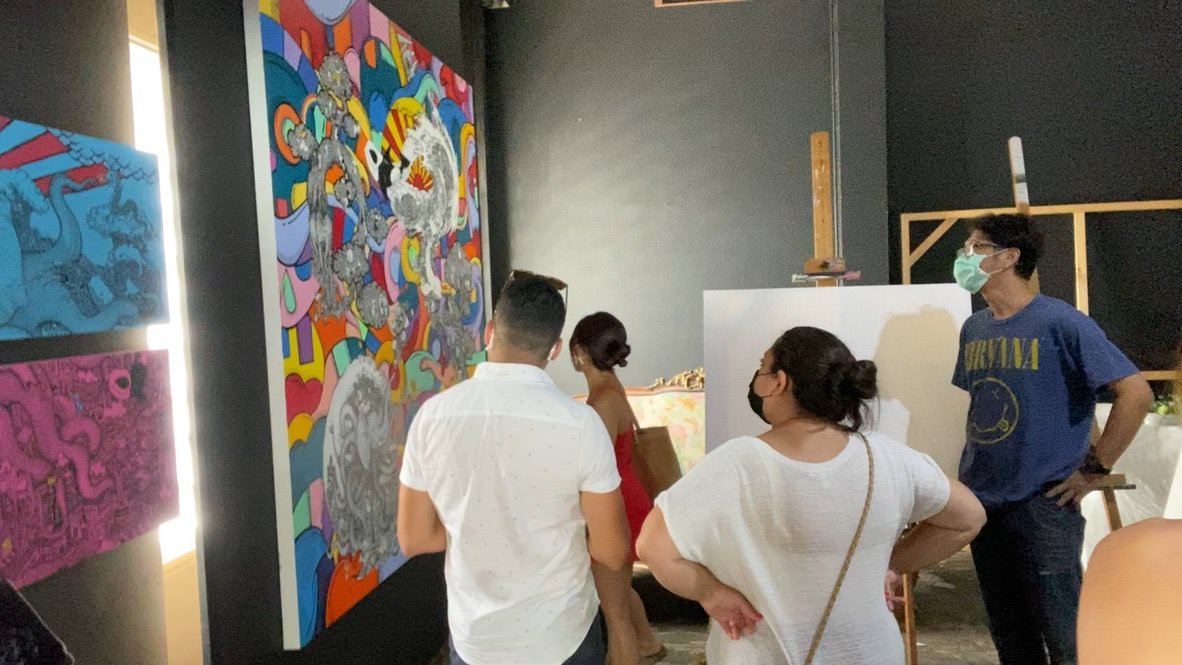
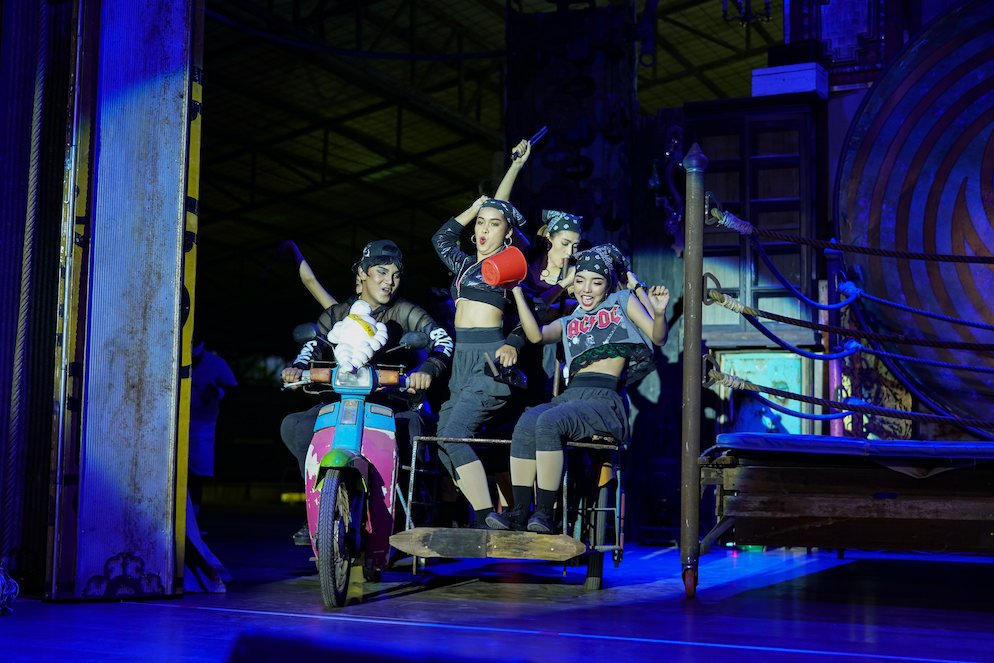

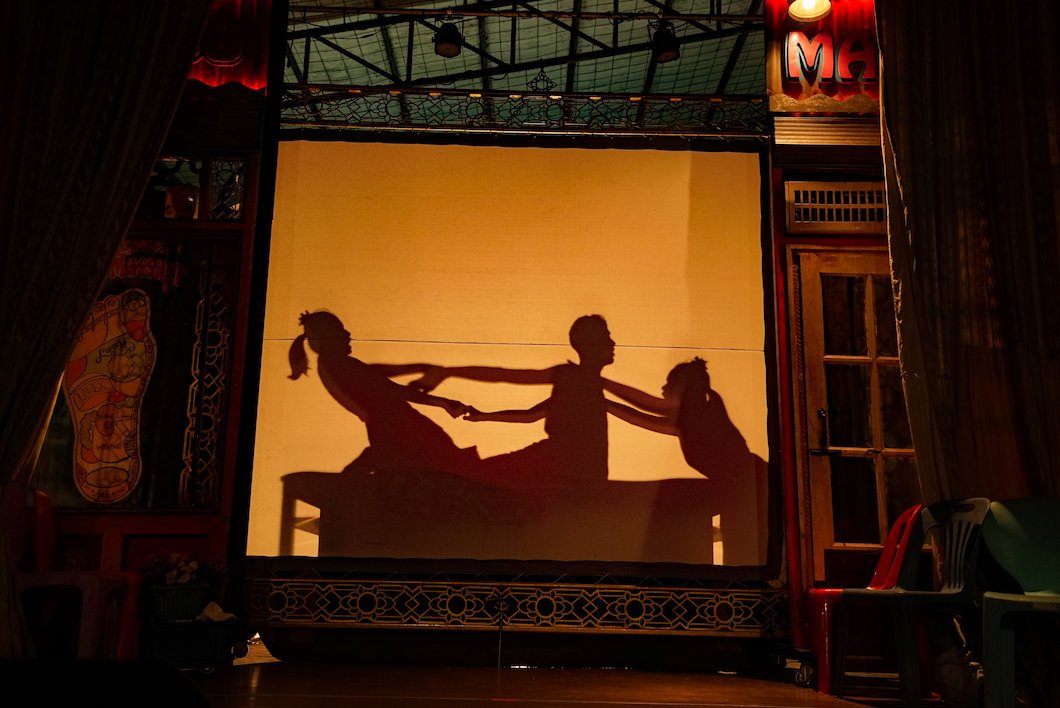

Community Based Tourism Experiences
Phuket’s main draws for daytime activities are of course boat trips to the dozens of postcard perfect little islands nearby, snorkeling, and sea canoeing the caves and limestone grottos of Phang Nga Bay. But closer to your fingertips you can fill your soul with some Community Based Tourism initiatives benefitting livelihoods of small villages in remote corners of the island.
Baan Bang Rong is a small Muslim fishing community in northern Phuket. Their abundant mangrove forests were cut down for charcoal and commercial shrimp farms from the 1970’s until the late 1990’s. Mangrove depletion led to reduced fish and plant species, further erosion of wetlands, and threatened the traditional livelihood of the 200-year old community which existed long before the first coffee shop opened on Phuket. Using royally-initiated sustainability practices, local community leaders began to reverse the trend twenty years ago. Mangroves were planted rather than pillaged, shrimp farms were shut down in favour of small-scale farming, and local crab banks were established to ensure sustainable numbers for the communities long-standing crab fishing tradition. The village is a model for sustainable living and natural habitat preservation. On recent visits with guests we kayaked down the amazon like canals and mangrove channels, participated in their crab bank projects, then paddled out to local fish trap huts on the rivers upstream from the village. It seemed centuries away from the Phuket we’d come to know, and a charming reminder that sustainable living, community traditions, and small-scale ecotourism do coexist on the famous island.
Another wholesome backcountry experience you’d more likely expect in Nakorn Sri Thammarat or Songkhla is at Baan Khanaen Village – a small community dating back to the 1800’s. The main cottage industry for previous generations has been rubber tapping, and several households still continue the tradition. Walking through the village you’ll see large swaths of the dough-like rubber mats stretched out over bamboo poles, drying and hanging in the midday sun. Villagers take you for a demo and you can try your hand at rubber tapping, essentially scoring the tree and watching it drip. The main draw at Baan Khanaen, is food, no surprise. A lovely retired schoolteacher runs half-day immersive workshops focused mostly on food and agricultural practices of the village. Several dishes are only available in Baan Khanaen. Features are Tom Som Plom (sour soup), a primary source of vitamin C for locals. Also Nam Chup Kayam (a type of nam prik), Kapi Kuey, Som Tam Thalang, a dish which dates back to the village’s role in a Rama 1-era war with Burmese invaders. You’ll have to visit to get the scoop, and the banana-leaf bowl of spicy Thai salad.
Conclusion
As the first location in Southeast Asia to reopen quarantine-free for international vaccinated travellers, Phuket has more substance, creativity, and diversity than most give it credit for. Certainly the crowds will return someday, and Phuket’s familiar highlight reel of images will take centre stage. But we thank this pandemic, ironically, for reminding us of Phuket’s softer side, and a chance to meet the fascinating characters and charming villages that make Thailand’s largest island much more than beaches and luxury spas.
The long hibernation has given Phuket time to bear its soul. And its soul is rich.
